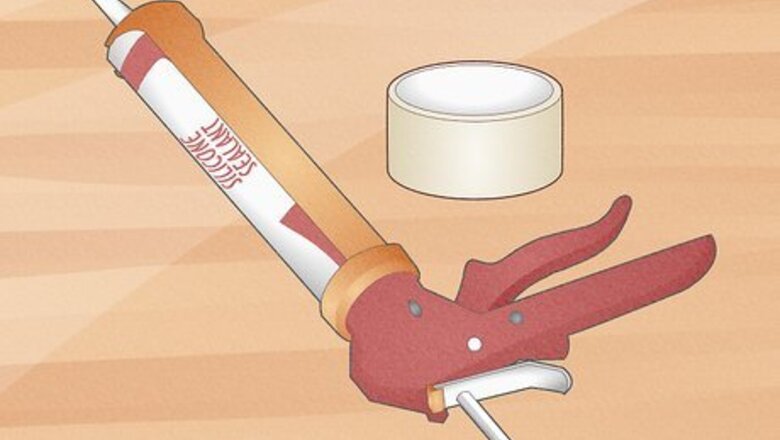
views
What supplies do you need to build an aquarium?

Silicone sealant, a caulk gun, and masking tape are essential. Before you start building your aquarium, gather your supplies and keep them near your glass. You can also grab a few large containers or heavy objects for holding up the glass while you assemble it. Many people say that "aquarium silicone sealant" is the only sealant you should consider. Although it's rather expensive, it is a good choice because it doesn’t have any anti-mildew chemicals that can be toxic to fish over time. Regular household silicone like GE Door & Window clear silicone, Dow-Corning "DAP", and Napa All-Glass 100% clear silicone are also viable options.
What type of glass should you use for an aquarium?
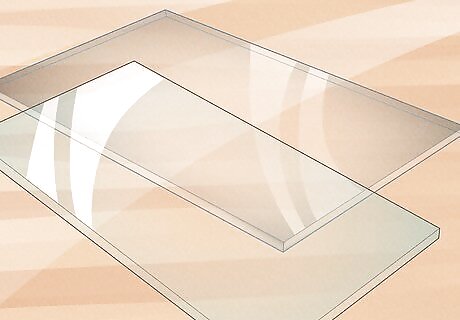
Use acrylic or plexiglass for smaller tanks. If you’re going for a tank smaller than 25 gallons, plexiglass is your best option. It’s flexible, fairly cheap, and you can find it at most hardware stores. However, keep in mind that plexiglass is prone to staining, so it might not be the best choice if you plan to use a lot of chemicals in your water.
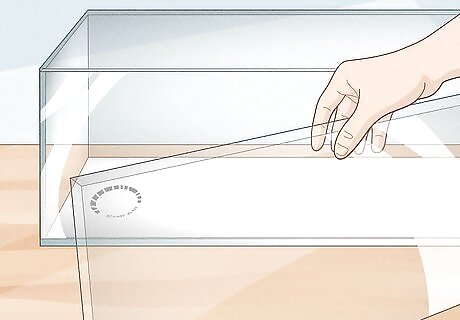
Use stained glass or non-tempered glass for larger tanks. Anything above 25 gallons needs something a bit stronger. Stained glass and non-tempered glass isn’t as flexible as plexiglass or acrylic, but it’s thick and it doesn’t scratch easily. It also holds up well over time, so you probably won’t have to replace it in the near future. You can find both kinds of glass at most hardware stores.
How thick does glass need to be for an aquarium?

Err on the thicker side if you’re filling the aquarium with water. Water is heavy, and it can add a lot of pressure on your aquarium glass. If you're keeping it empty, even up to 14 in (36 cm) could be fine with ⁄4 inch (0.6 cm) thick glass. Here are the general guidelines: Aquarium Height / Sheet Thickness1 to 12 inches (2.5 to 30.5 cm) / ⁄4 in (0.64 cm)12–18 inches (30.5–45.7 cm) / ⁄8 in (0.95 cm)18–24 inches (45.7–61.0 cm) / ⁄2 in (1.3 cm)24–30 inches (61.0–76.2 cm) / ⁄4 inch (1.9 cm)
How big should an aquarium be?

5 to 10 gallons for smaller fish. Guppies, neon tetra, green chromis, and common clownfish only need aquariums that can hold 5 to 10 gallons. If you’d like a school of these fish, 20 to 40 gallons is a better tank size.

30 to 60 gallons for larger fish. Oscar fish and royal grammas require a lot more space. If you want a school of large fish, make an aquarium that’s at least 100 to 150 gallons. If you aren’t sure which size you should make, ask the fish expert at your local pet store. If you're placing water into the tank, remember that water is very heavy—about 10 pounds per gallon. You may want to go on the smaller side just to keep it more portable.
How do you prep your glass pieces?
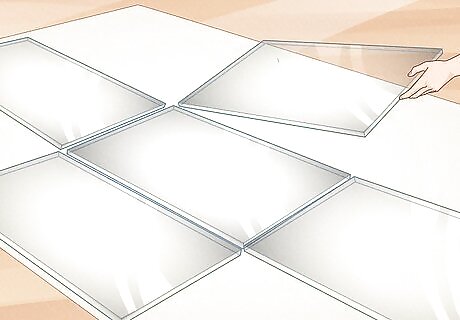
Arrange your glass pieces in an open area. Lay down a few pieces of cardboard to protect the glass as you build. Put the bottom piece of the glass down, surrounded by the front, back, and sides.
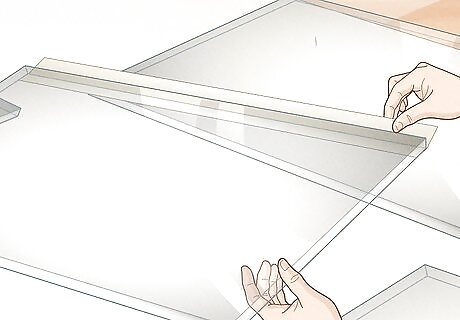
Rub the sides down with acetone, then apply duct tape. You want all the edges to be clean as can be. Then, cut strips of masking or duct tape that are about half the length of one side. Stick half of each strip on the bottom of the base pane in every direction. The other half of the strip should be lying freely on the table.
How do you assemble your aquarium?
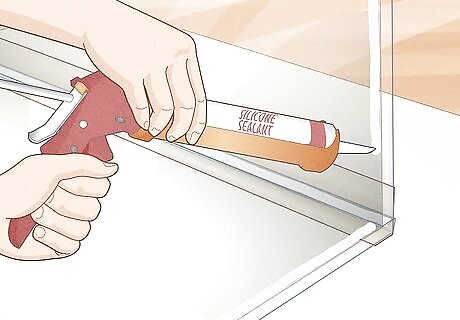
Apply silicone to the edge of the bottom piece. Use a caulk gun to apply a thin, continuous stripe of silicone along the top of the edge. Try to keep the silicone about 2 millimetres (0.079 in) away from the edge as you go. Be sure to work quickly, as silicone sets in 2 to 3 minutes.

Put the front pane in place. With the strip of silicone along the front edge of the base, place the front piece of glass into place, pressing it down firmly but gently. Hold it there briefly, adhere the rest of the tape up the sides, and it should stay up. If you're worried about it falling over, you can prop it up with a large container filled with water or some other heavy object.
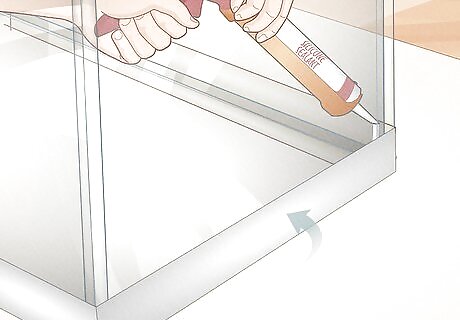
Assemble the sides and the back panel in the same way. Run another thin line of silicone 2 millimetres (0.079 in) from the edge along the sides. Then, repeat that along the inside edge of the front pane. Press the first side piece into place, then the other side. Finally, add a line of silicone along the edge of the bottom pane and press it firmly into place.
How long does the silicone need to set?
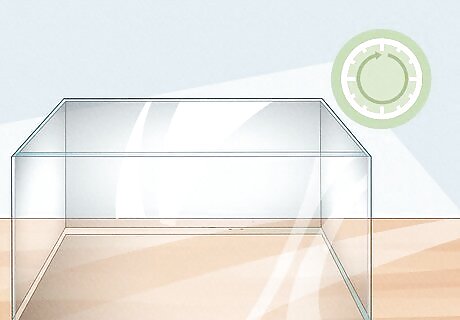
Around 24 to 48 hours. It’s super important to allow your silicone to set before you start putting anything inside your aquarium. Most types of silicone dry within 2 days, but some can take up to a week. When in doubt, read the label for specific instructions.
What should you add to a fish aquarium?
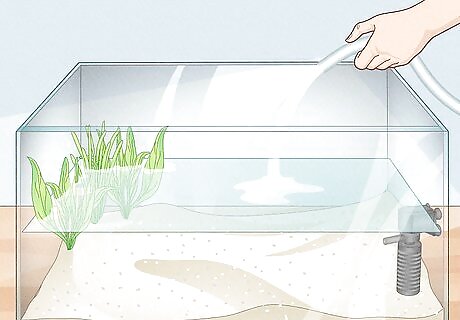
Set up a filter system for freshwater fish. The most common choices are undergravel filters or power filters. A power filter should circulate 5 gallons (18.9 L) of water per hour [gph] and per gallon of your tank's capacity. An 8 gallon (30.3 L) tank would need a power filter that can handle 40 gph.
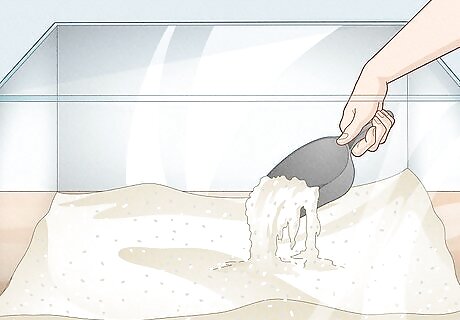
Fill the bottom with gravel or sand. Most fish will be good with either gravel or sand, and any pet store will offer you a plethora of choices when it comes to texture and color. Whatever you use, 2–3 inches (5.1–7.6 cm) should be plenty. If you choose gravel, give it a quick rinse before you put it into your aquarium to avoid dust in your water.
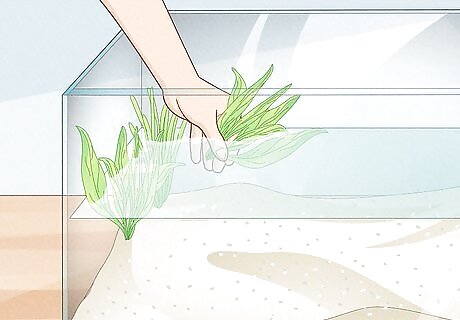
Add in a few inches of water (if applicable) and your decorations. Everything will be easier to place (and it will stay in place) if you work with a few inches of water in your aquarium. You can place plastic decorations, live plants, or rocks to decorate the area. Once you have the terrain all set up, fill the aquarium all of the way up with water. Leave a gap of about 1 in (2.5 cm) from the water to the top of the aquarium.
Do you need to treat the water in an aquarium?
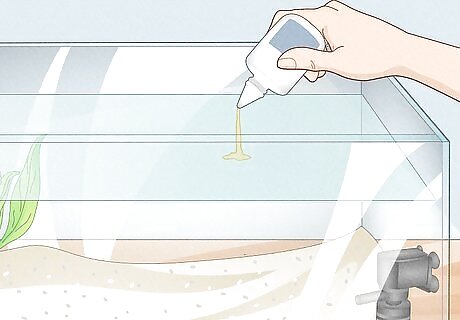
Yes, you need a dechlorinator for freshwater fish. Tap water has a lot of chemicals in it, which can really harm your fish. Buy a package of dechlorinator and read the instructions on the back to find out the right amount for your size tank. Sprinkle the dechlorinator in and cycle the water through. You may also want to use a bacterial catalyst like SafeStart, which will speed up the growth of good bacteria in your aquarium. Once that's in, you'll need to do a fishless cycle to monitor the water parameters (pH, High pH, Ammonia, Nitrite, and Nitrate). Get an aquarium testing kit and wait for the numbers to spike and lower to 0. When this happens, it's time to add your fish.



















Comments
0 comment